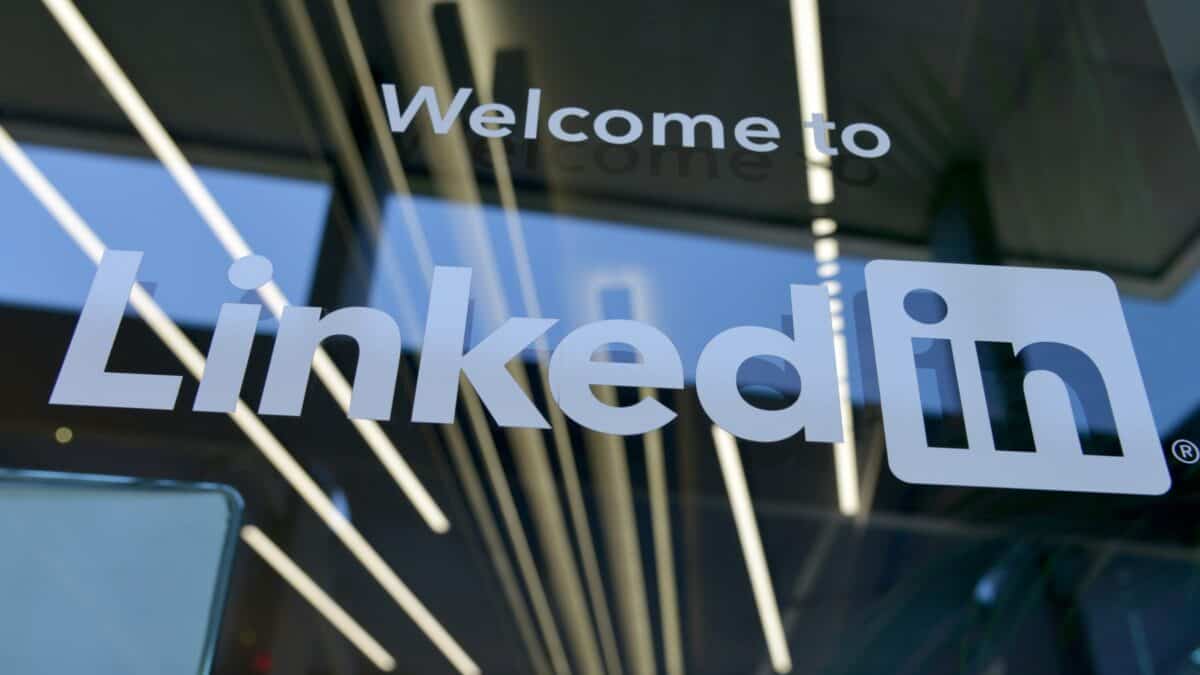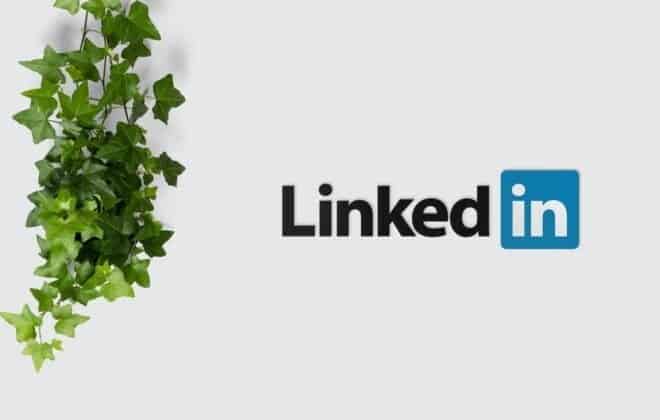
Improving Your LinkedIn Profile
Improving your LinkedIn profile is a step you should never skip. As a networking tool, LinkedIn is second to none – you’ve got access to all the professionals in your industry that you could possibly want to connect with and the hidden job market at your fingertips.
LinkedIn is very different to other social media sites like Facebook. It’s the gateway to thousands of hiring managers, companies and recruiters who may be interested in you.
There are a number of tips and tricks to get your LinkedIn profile looking sleek and attractive to the people viewing it. Here are some key tips to help you make an impression.
Your LinkedIn Photo
Page Contents
The first thing anyone’s going to see is your picture, and as first impressions go, you want this to be a good one!
We need a photo of you looking professional. It doesn’t have to be taken by a professional photographer – a personal camera or a mobile with a good quality camera is fine.
When it comes to what to wear, you’ll see a range of pictures on LinkedIn – with some CEOs and Managing Directors wearing polo shirts. As a rule, clothing like this is not advisable. For a man, a shirt, jacket and tie are normal and acceptable. For a woman, the same is true, though a dress and jacket are also fine.
Some of this also depends on the field you work in – a graphic designer may be fine in just a t-shirt. However, the general rule works across most professions.
Your LinkedIn Summary
Your LinkedIn summary is where you want to highlight your skills, experience and achievements. It’s the best place to catch the reader’s attention and show them your value!
What skills and experience should I mention?
Well, talking about your professional interests won’t be useful to a recruiter! What you need to show are your professional skills, experiences and major achievements/outcomes.
Your opening can be something like this:
“I’m Geoff, a Construction Project Manager with 5 years of experience delivering commercial and residential projects valued between $20M – $150M for clients including Westfield, Leightons and GE.”
After this, you can go on to talk about some of the core things you’ve accomplished professionally – this is just a quick snapshot, you can provide more details in the ‘Experience’ section.
As for your skills, you want to give a brief insight into what you specialise in – whether it’s accounts receivable, managing a team or programming expertise. This will show the reader the abilities that you can use for their benefit. It’s best to use bullet points in your LinkedIn summary to highlight your key points.
Your Experience on LinkedIn
Many recruiters and prospective hiring managers will skip over your LinkedIn summary and check out your employment history first.
Here’s a list of what to include:
- What your role was – Write two short sentences detailing what your role was and some of your main responsibilities.
- What you specialised in – Covering some of the same ground as your summary, give brief details into your particular area of expertise within this role.
- Success – If you made any great successes in the role, mention them! The person reading your profile may be impressed by how much time and money you saved the company or clients, and the initiatives you took.
Always quantify your achievements and success. Think about $, %, time saved, new processes, reduced costs, efficiencies and how you made an impact on the organisation and the team.
LinkedIn Skills and Endorsements:
This is a very useful area which shows your top skills. Your connections can also endorse you for these skills which adds credibility.
If you’re a Project Manager, this could include things like ‘Stakeholder management’, ‘Leadership’ and ‘Scheduling’. A Software Developer might have ‘C#’, ‘SQL’ and ‘SDLC’, to name a few.
These will help to give your profile a well-rounded and complete feel, while also showing people investigating your profile that you’re experienced in areas that would be useful to them.
LinkedIn Recommendations:
Recommendations are vital. It’s evidence to back up the claims you make in your summary and employment history.
Try and get recommendations from managers and colleagues you’ve worked with. It’s also great to get recommendations from clients.
Prospective clients will be reading this section carefully. If you’ve got three former clients saying wonderful things about you, you can bet potential clients will be interested in speaking to you.
Always, ask for a recommendation first (phone or email). Once the person agrees, then send the request through LinkedIn.
LinkedIn Headline:
LinkedIn search works in a similar way to Google. It uses keywords! So, if a recruiter is looking for a ‘mechanical engineer in Melbourne’, the search results will show (in order of relevance) the mechanical engineers in Melbourne!
What does this mean?
You need to keyword optimise your profile! If you want to rank higher in LinkedIn, contact us and we’ll optimise your profile.
Avoid having basic headlines like ‘Accountant’ or ‘Seeking a job’. This is the worst thing you can do!
Take a look at my headline – use it as an example and create your headline with keywords.
Key things to remember:
Photo: Make sure your photo looks smart and professional
Summary: Give a brief but specific insight into who you are, what you do and what makes you good at it.
Employment: Keep things short – a reader will want to skim through your profile, so you want to be sure that they remember as much about you as possible.
Headline: Make sure you have a keyword-optimised headline – so you increase your chances of getting found.
Cover all bases: Remember, your Linkedin In profile is not your Resume – so you can’t customise it to a specific job. Keep it broad but detailed, full of achievements and keywords.
If you have any questions about developing your LinkedIn profile to interest recruiters and hiring managers, please feel free to get in touch so we can help you create an engaging presentation of yourself.
We wish you all the best in your job search!
Careers Team, Career Success Australia





Need help with my linkedin profile. I have been out of full time work for 3 years and am finding it hard to get employment
Hi Kylie, Sorry to hear you haven’t had any luck as yet.
Can you please complete the form here http://www.acecis.com.au/contact-acecis/ and attach your resume?
We’ll get to you with our feedback and recommendations.
thanks
Naren Chellappah
Hi Naren, need help to update my linkedin profile as i’m a fresh IT graduate majors in computer networks .
Hi Anjali, sure no worries. Can you please send us a copy of your resume by using the contact us form on
http://www.acecis.com.au
We’ll get back to you soon!
Cheers,
Naren
Naren Chellappah
Director & Career Coach, ACECIS
ACECIS enquiries: 0434 112 581
Riddell Business Suites, 6 Riddell Parade
Elsternwick VIC 3185
http://www.acecis.com.au